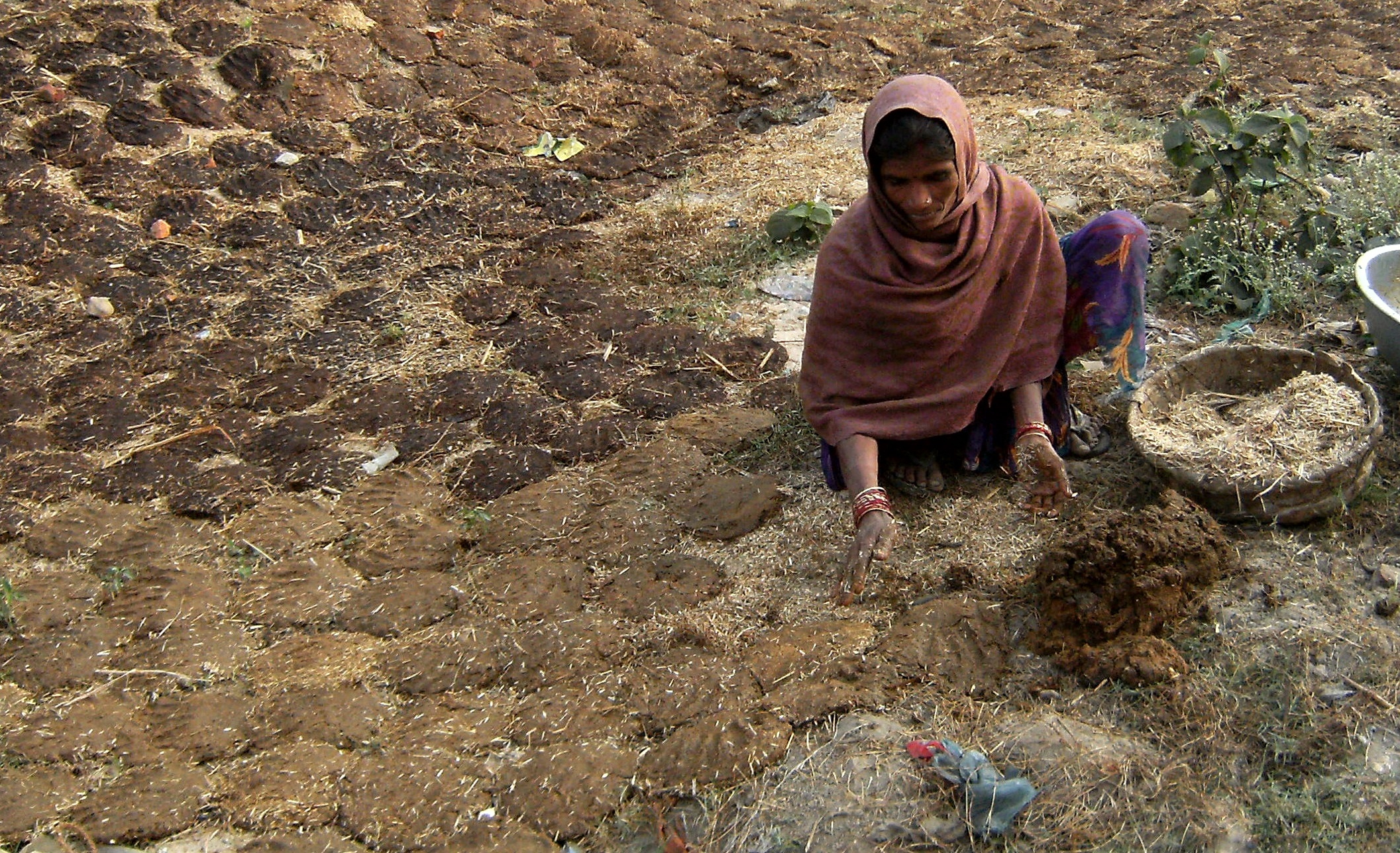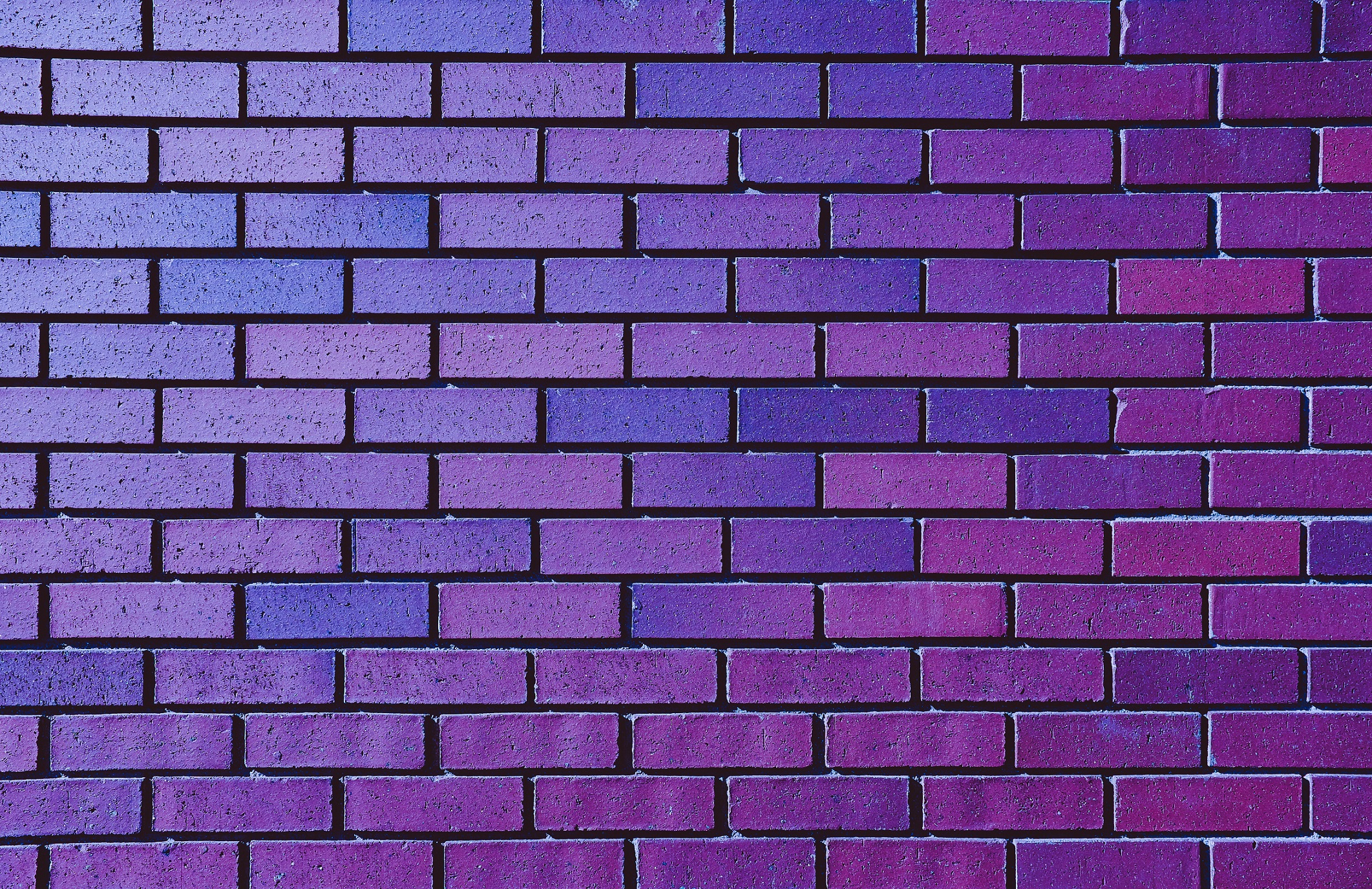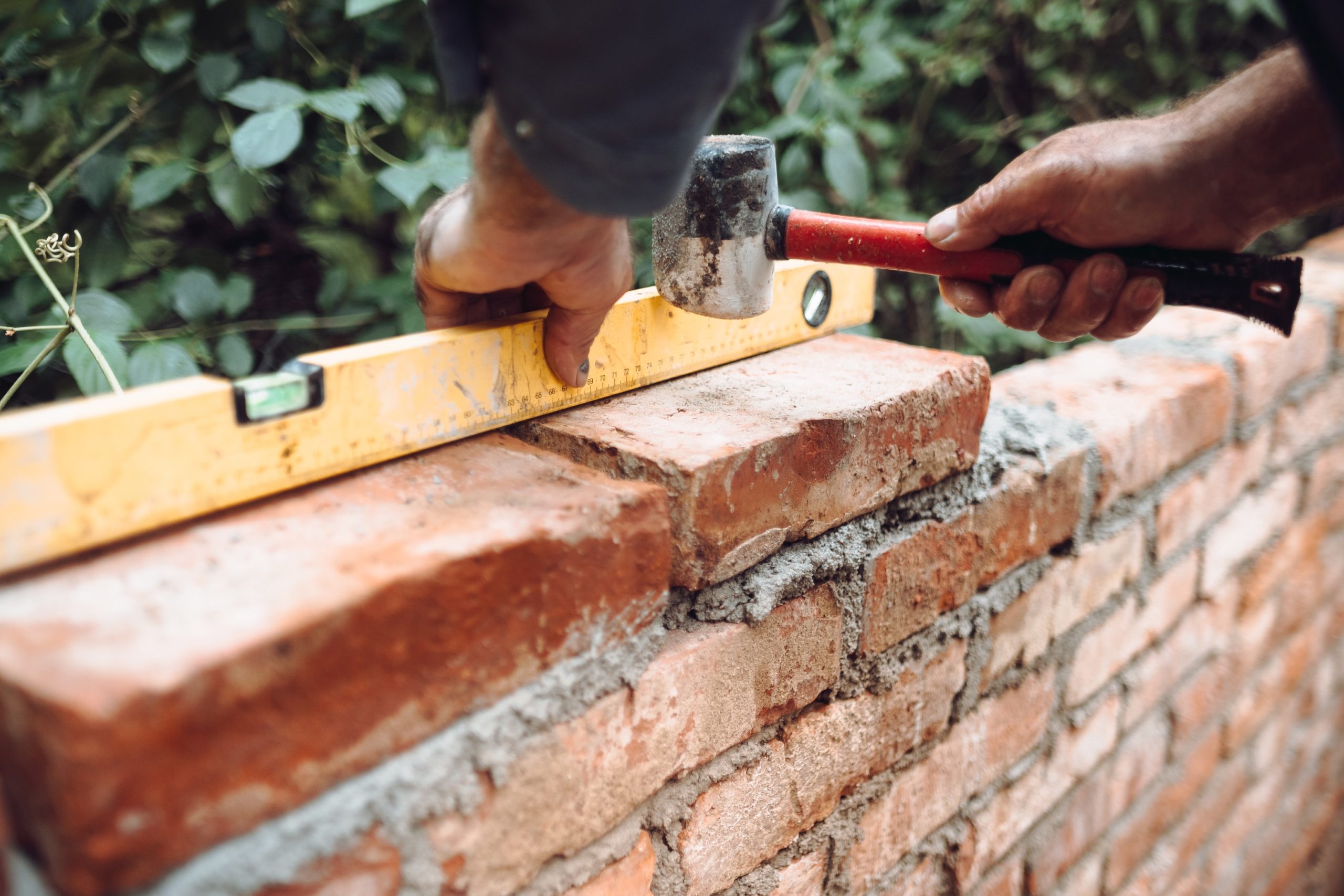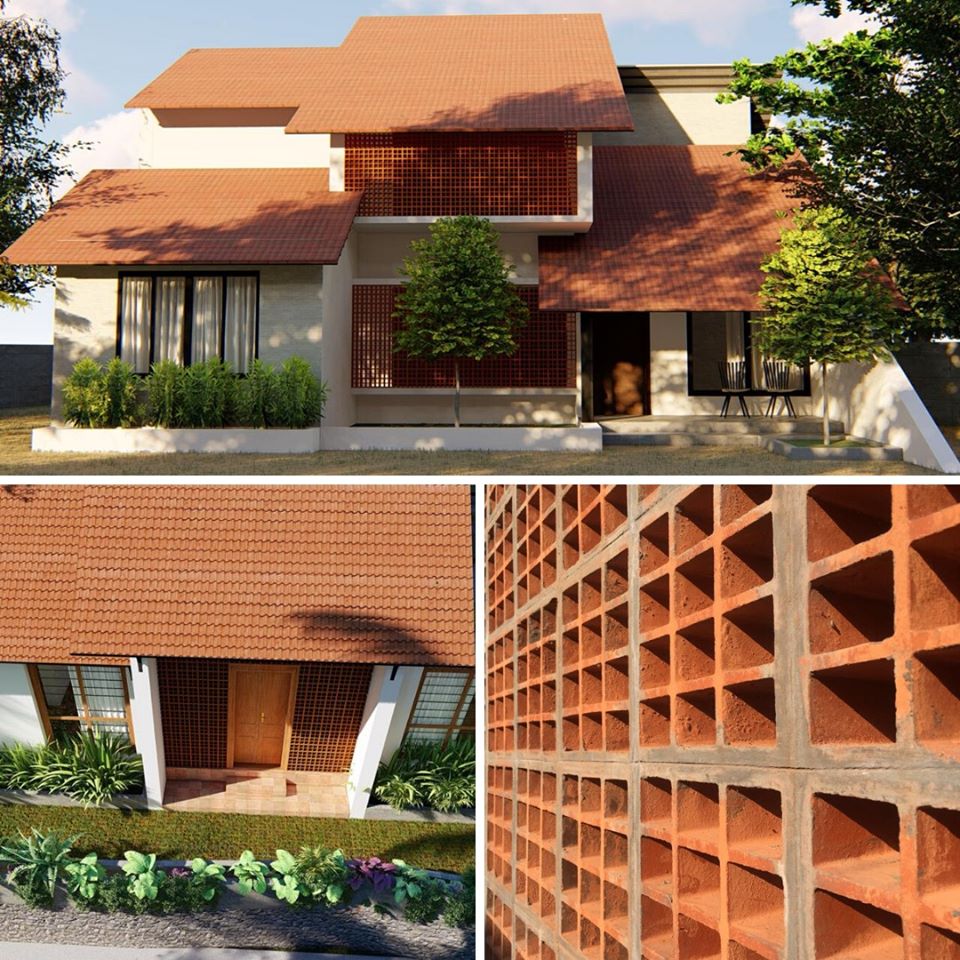Heard of Cow dung or Gobar? Well, most of the Indians would know about it. Cow dung is also known as cow pies, cow pats, or cow manure, this essentially is the waste product produced by the Cows. Don’t worry, it is not as horrible as it might sound, this is one magical ingredient and holds huge significance in our country, more precisely in Hinduism.
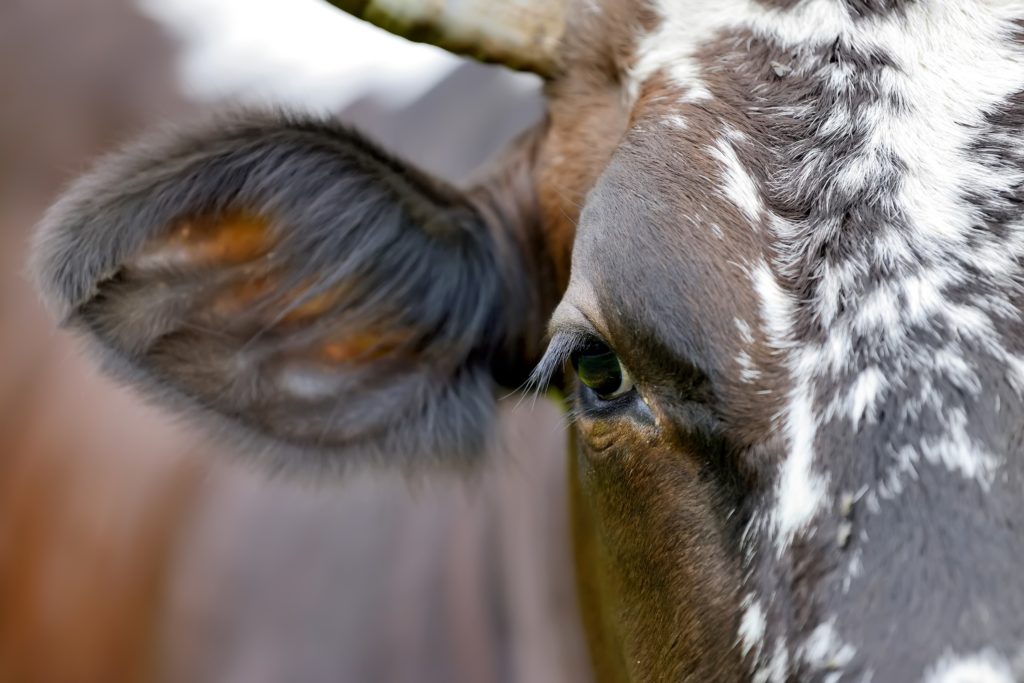
What do you do to decorate your home walls? Get those high VOC emitting paints which do more harm than good, isn’t it? Did you know, in the rural parts of India, cow dung paste is implanted on the walls and floors of each home? This isn’t all, another surprising thing as considered by the rural inhabitants is the fact that cow dung purifies the house, and it forms an important part of the cleaning process in Indian villages. In fact, this process has been unceasingly in use from the time of Ancient Vedic Yuga.
Well, it seems Cow Dung and its link will India and Indian Homes is surely going to unfold many surprising facts. Stay tuned as we reveal each of them.
So, Why Indians Put Cow Dung On The Walls Of Their Home?
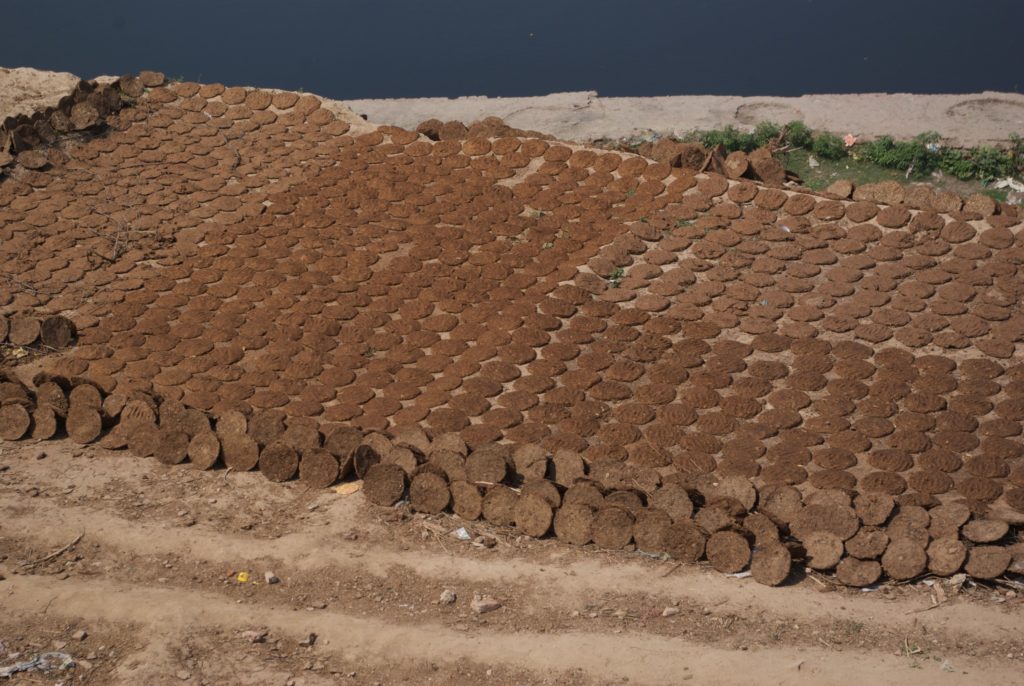
Below are few customs that are religiously followed in India from the ancient times. Even today people specifically in the rural parts of India follow these customs as their ancestors did. Well, it might sound repulsive to few, but it’s interesting to know the reasons why people still implant cow-dung in their homes. Let’s know them:
In Hinduism specifically, Cow is considered and called “Gow Maata” (Cow, The mother). Hence, cow dung and cow urine are considered divine. The application of Cow Dung in the home walls and floors is a part of the cleaning process in many villages in India. Furthermore, even in festivals after the homes are cleaned, rural people implant cow-dung paste on the walls and floors just to make their homes pure.
- buy modafinil online in uk Keeps Ground And Home Always Warm
Today most of the modern house floor is made of marbles or diverse kinds of stones. These elegant looking marbles or stones are highly heat resistant and are always cold in nature. Hence, it’s very hard to walk on them barefooted, especially in winter seasons. This is exactly why rural Indians apply cow dung on the floors and walls.
When cow dung dries, it becomes as solid as cement. Also, it is a very poor conductor of moisture and maintains warmness inside the walls and on the floors. What does this mean? It means balanced temperatures during winters and summers, ensuring walking barefooted doesn’t make one prone to cold or fever. The floors that are coated with Cow-Dung stay warm in winters and cold in summers.
- http://blacksuperherofan.com/2020/08/29/black-superheroes-on-the-web-august-2020/ Kills Bacteria And Germs
Researchers have proved that Cow dung possesses the power to kill bacteria which are detrimental for humans. Cow-Dung is very rich in minerals and its anti-bacterial properties protect people from various diseases, health problems, and even heals wounds; hence it’s very good for health.
- Dhupgāri Keeps Insects At Bay
Summer season usually brings along with it the incessant stream of bugs and insects, which are more of a nuisance to have around. In rural areas, people use cow dung to repel insects like scorpions, centipedes, etc. These small insects do not dare to come near the areas which are coated with the Cow Dung paste.
- Natural Mosquito Repellent
This wonder material acts as a natural mosquito repellent. Mosquitoes do not wander around areas which are coated with cow dung.
- Building Material
We already spoke about how a paste made of cow dung and mud is often applied to the floors of rural homes in India. This mixture is also applied on the walls, it is believed this mixture reportedly forms a waterproof layer which acts as a natural insulator for the house protecting it from heat gain or loss. Don’t worry, it doesn’t smell unpleasant.
One More Interesting Fact – Cow Dung Is Used As Fuel For Cooking
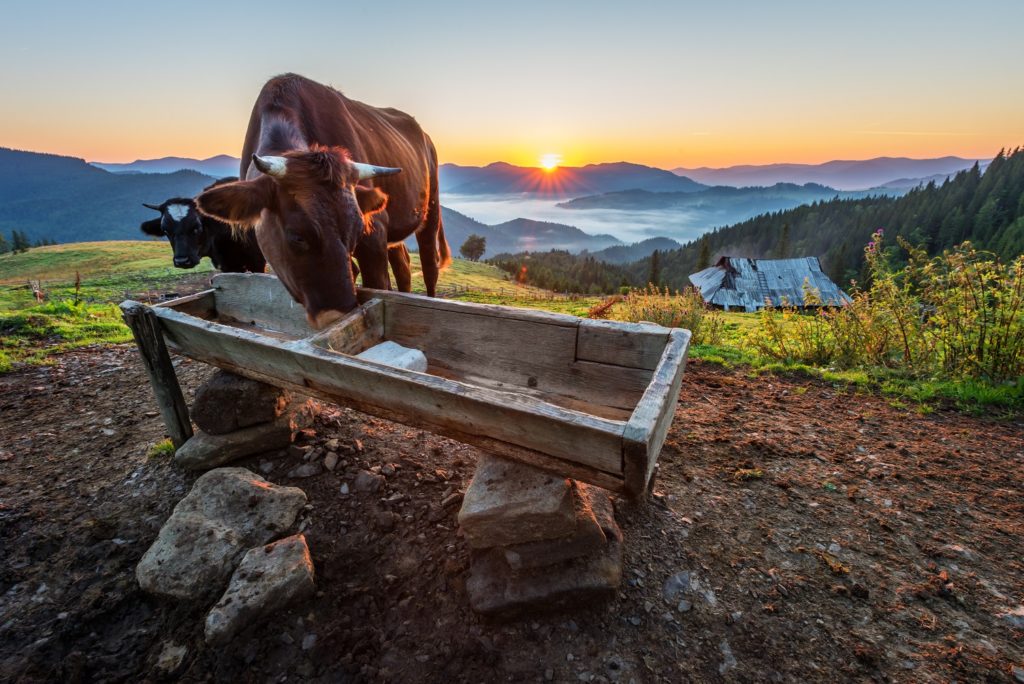
Yes, Cow Dung is extensively as fuel for cooking in many parts of India. The women in villages collect the feces excreted from the bovine species (cows, bulls or buffalo) and mix hay and form a dough. This dough is then flattened and stuck mostly on the walls or sometimes even on the ground to dry.
Once these are dried, they are scrapped off the walls and stored to be later used all year round for cooking.
We Should Stop Wasting This Abundantly Available Useful Material
Interesting isn’t it? Feces is normally not a great topic of conversation, irrespective of where it comes from a human or an animal. But Cow dung is worth discussing, isn’t it? This useful, waste material in technical terms can help in so many amazing ways. The best part is that it’s a plentiful and renewable resource, hence wasting it is surely a shame.
Another Interesting Reads:
7 Classic Examples Of Buddhist Architecture In India
[Video] “Great Architecture Can Heal”- Michael Murphy
Saving Resource In Construction Using Modern Technology

Curated by editor at Wienerberger India


